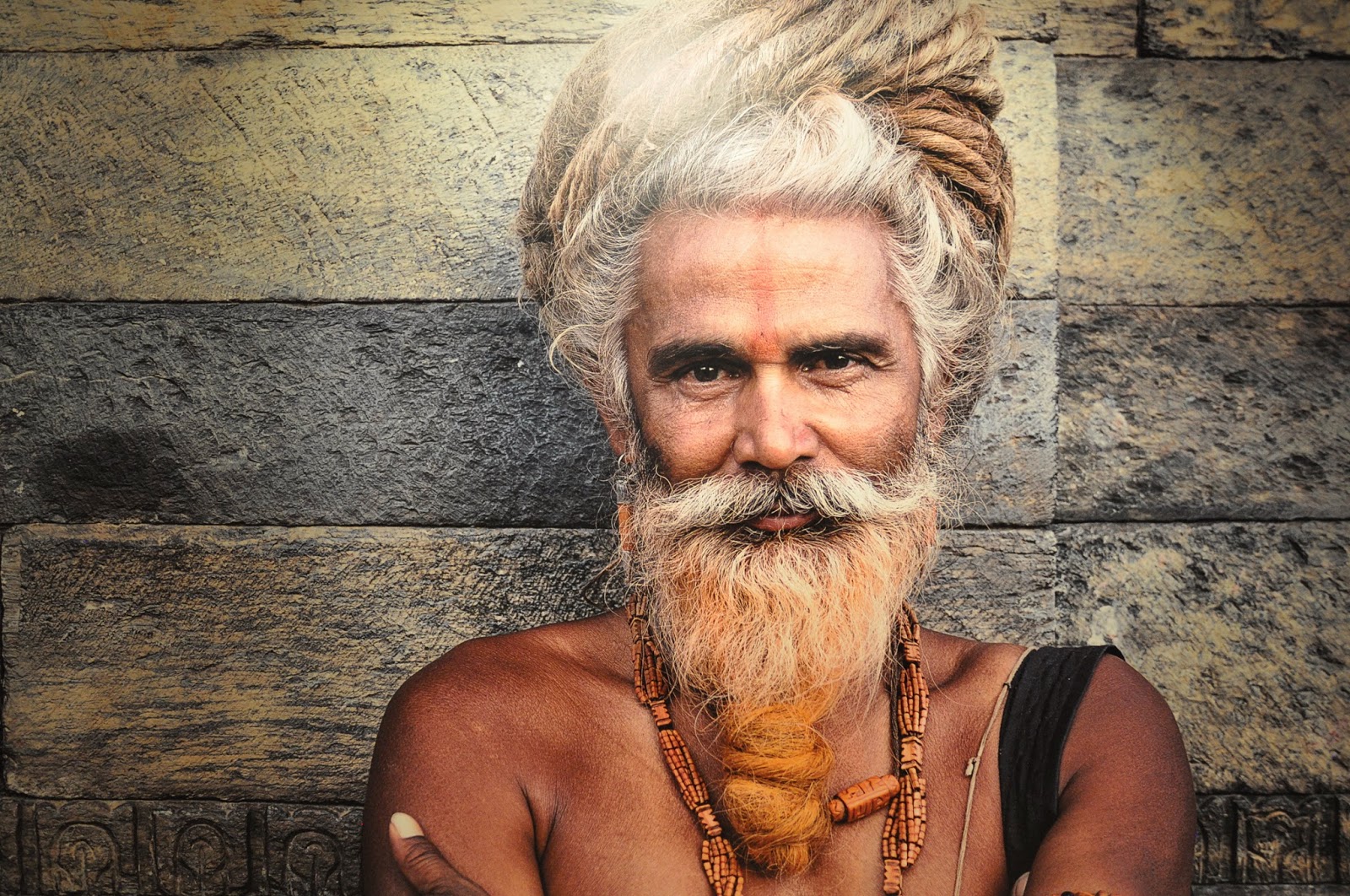Once I left the room where the Chu Tai Sin Cult exhibition was in display I decided to walk into the next rooms where Infinisterra was being exhibited.
The idea behind Infinisterra is said to have originated during a research visit by the Portuguese architects António Duarte and Sérgio Andrade which covered six countries - Russia, Mongolia, China, Nepal, India and Sri Lanka. Following the "acquired" learning experience they are said to have got together with, Hugo Branco, Luis Alfflalo, Miguel Brito, Nuno Pinheiro and Raul Coelho over a period of a year and put up together this exhibition in which photography, architecture, filming and even a corrogated iron installation were incorporated. A multi-directional approach to Art in its various forms, which I really liked.
The portraits (taken in Kathmandu) were astounding ... there was, what I would personally call a clear intimate-like approach that impacted the viewer almost instantaneously, though I must admit the other two pictures (one taken in Guanxi, China and the other one to the Pashupatinath Temple) were equally impressive.

I then walked into a detail oriented photo approach exhibit, having taken three photos, one of which related to a building I had personally seen as I travelled through Rajasthan and whose brighter redish colour had me puzzled, as if the Palace it depicted might have been "restored" since I was there (three years ago).
Harshat Mata, Abhaneri, Rajasthan (left). Basantapur, Hanuman Dhoka, Kathmandu (right)
City Palace, Jaipur, Rajasthan
The following room presented a series of facial features and quite an interesting and fairly extensive reference to the ethnic "border" perspective or its absence and the concepts we may often be misguided by.
Nepal (left) India (right and underneath)
The next part of the ensemble exhition comprised a number of pictures related to Buddhism and Hindouism, of which I sellected four pictures I was impressed by, two related with the architectural aspect of it and the other two the worshipping rituals and the human side to it.
The Chinese Maijishan Caves (left) and a detail of the Longmen Caves (right) in Gansu and Hénan respectively.
Varanasi, Uttar Pradesh in India (left) and Pashupatinath, Kathmandou in Nepal
One of the last rooms allowed us to come across several photos of outstandingly beautiful and exquisite buildings architecturally speaking, as well as small size maquettes replicating them. My interest fell once more for the Indian architecture.
1499 Adelaj Vav, Gujarat, India
Kailashnath (600-1000), Ellora, India
And last, though definitely not the least in terms of creativity and visual impact, a corrugated iron type of construction with no outside windows but a screen embedded in its its filthy rubbish covered interior that opened up as a huge one. Ongoing images on the screen didn't differ too much from the frailties of nowadays' life, whichever they might be and made us aware of some of the ongoing aspects of reality that one should thoroughly ponder on.


























No comments:
Post a Comment